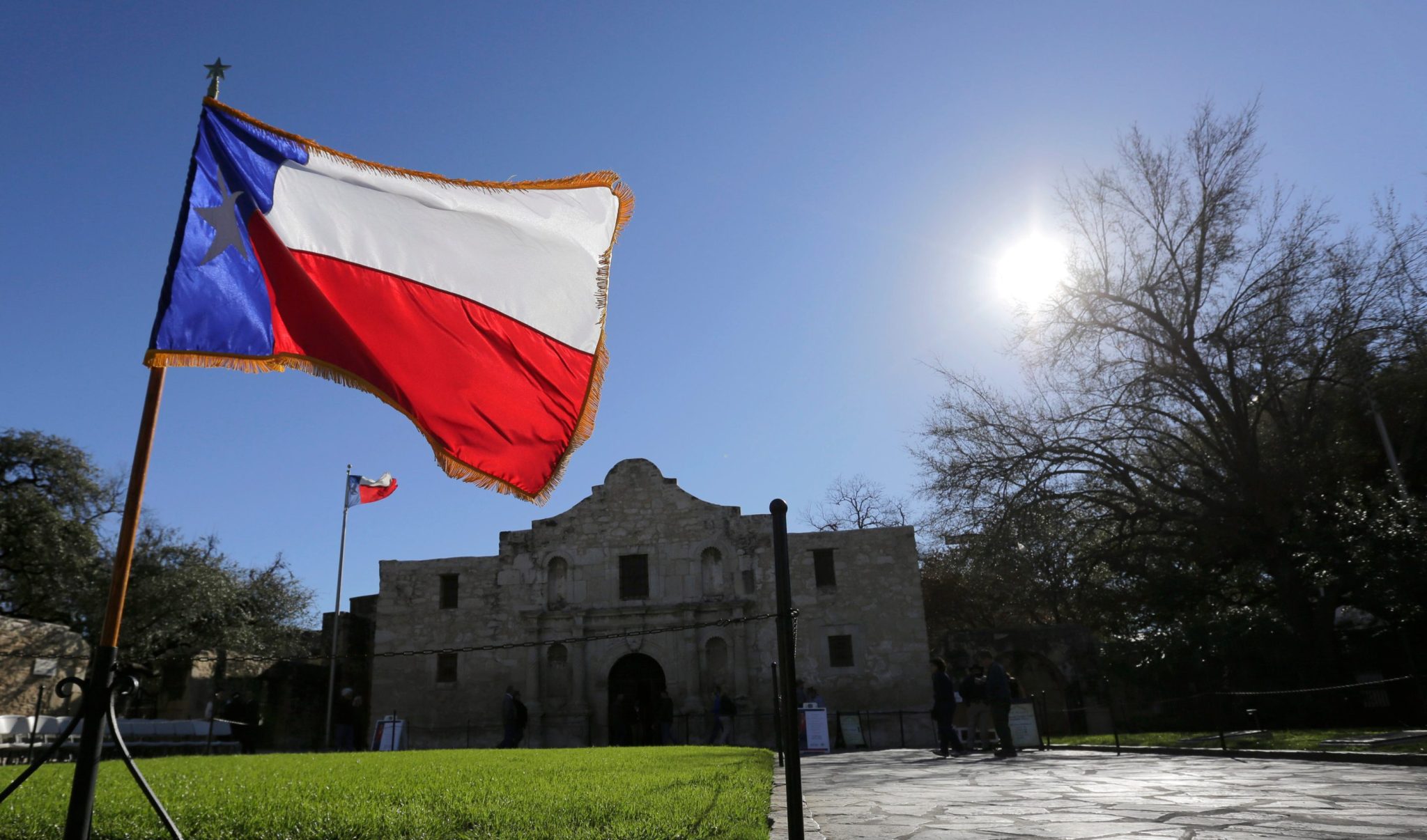Ed Moskalenko | Getty Images
The tiny, butterfly-shaped Greek island of Astypalea has all the ingredients for a relaxing vacation: myriad beaches with clear waters, great seafood, and a castle perched above a traditional white town with winding alleys and views across the Aegean Sea. It’s also less developed than its larger neighbors like Rhodes and Kos, and with a population of just 1,400, Astypalea made for a chilled holiday destination when I visited in June.
Some of the lanes in the island’s Chora, or capital, are so small that donkeys carry construction tools to hard-to-reach building sites. However, the mode of transport most noticeable on Astypalea is a fleet of electric minibuses, part of a scheme called AstyBus — an unusual sight for the Greek islands.
It’s worth starting a trip to the island by visiting the remains of the 15th-century Venetian castle high above the Chora, built on the site of earlier Roman and Byzantine structures. From there, I walked down towards the eight traditional, red-roofed windmills at the center of the town, originally constructed to mill grain in the 13th and 14th centuries.
At the bottom of the hill is the island’s small but fascinating Archaeological Museum, with artifacts spanning from the prehistoric period to the Middle Ages.
To begin with, I used the bus to get from the bottom of the Chora to the top when it was too hot to walk up its winding streets before exploring further.
Lucy Handley
My first stop was Maltezana, a winding 20-minute bus ride from the Chora and Astypalea’s second-largest settlement. I disembarked a stop or two inland to look inside Agios Dimitros, a small church opposite Maltezana’s grocery store. While the church is painted in the traditional blue and white style on the outside, it is ornately decorated inside, with bible scenes in blue and gold adorning its walls and ceiling.
A short walk from the church, a string of restaurants line a narrow beach. Its clear, shallow waters were pleasant to wade into after lazing under one of the scrubby trees on the sand.
Over the next few days, I visited more beaches using the AstyBus: Schinonta, a quiet bay along from Maltezana, and tree-lined Livadi, just over the hill from the Chora, which has a few restaurants right on the beach.
The bus initiative is part of a grand plan to turn Astypalea into a “smart and sustainable island” — a partnership between the Greek government and Volkswagen. It claims to be a first-of-its-kind initiative for the Greek islands, aiming to replace traditional combustion-engine vehicles with electric-powered cars and support an overall shift to renewable energy.
Authorities want to keep the island unspoiled, focusing on sustainability and moderate development.
Lucy Handley
Alongside the electric vehicles, a hybrid power station is being built. In an interview with CNBC, Astypalea’s mayor, Nikolaos Komineas, said it will cover more than 50% of the island’s energy needs during the summer, with plans for wind generation too.
Komineas also wants to reduce the number of single-use plastic bottles by making tap water safe to drink and encouraging hotels and other accommodations to offer reusable water bottles.
“My dream is that by the end of 2027, early 2028, all of those new infrastructures are going to be on the island,” he said.
An Out-of-the-Way Beach
Having traveled by bus to several beaches, I wanted to go somewhere more remote. I’d seen photos of Vatses, a beach on the tip of the left-hand wing of the Astypalea butterfly — a wide, sandy bay bordered by sparse, rocky cliffs.
I needed a car for the trip as it was outside AstyBus’s coverage area, so I hired an electric vehicle, a VW ID.3, using the AstyGO app. I uploaded my driver’s license and credit card to the app, which then uses Bluetooth to access vehicles.
While the car was smooth to drive, getting into it was less so, with the app needing to be rebooted before the vehicle would start, and most of the instructions on the dashboard being in Greek only.
The drive to Vatses was not for the faint-hearted: an unsealed road gave way to a narrow track with a steep drop on one side. But the beach was beautiful and lived up to its photos, with a café on one side serving Greek salads, coffee, and cocktails, plus sun loungers for rent and trees to lie under — an easy place to spend the afternoon.
George Papapostolou | Moment Open | Getty Images
Accessing the car for the return journey also proved tricky. Having been at the beach for several hours, I’d been automatically logged out of the AstyGO app, and without 5G phone signal, I couldn’t open the car door, let alone start the engine.
Fortunately, the café had Wi-Fi, and I was able to drive back up the rocky road, trailing a goat for part of the way.
Safely back in the Chora, I enjoyed an al-fresco dinner at Navagos, which offers a tapas-style modern Greek menu that included locally made sausages with baked potatoes and slow-cooked chickpeas with lemon sauce.
For pastries or dessert, a favorite café was Glykia, a little way up the hill past the Chora’s beach.
Even in June, Astypalea felt like a local’s island, and a longtime visitor described it as “like Santorini 20 years ago.”
Overtourism is a big problem for some Greek islands, with the mayor of Santorini (about 100 km west of Astypalea) describing the pressure of millions of visitors as becoming “unbearable,” in an interview with The Guardian last year.
Astypalea receives around 32,000 to 36,000 tourists a year, according to the mayor’s office. Santorini, on the other hand, which is roughly three-quarters the size, welcomes upwards of 3 million visitors annually.
Astypalea takes a more balanced approach towards tourism. The mayor and local government turned down a proposal to build 200 villas on the island last year.
“We don’t want a crowded island,” he said. “We don’t want to spoil the island at all. We want to keep the nature as it is.”
https://www.cnbc.com/2025/11/15/astypalea-the-tiny-greek-island-where-evs-take-charge.html


